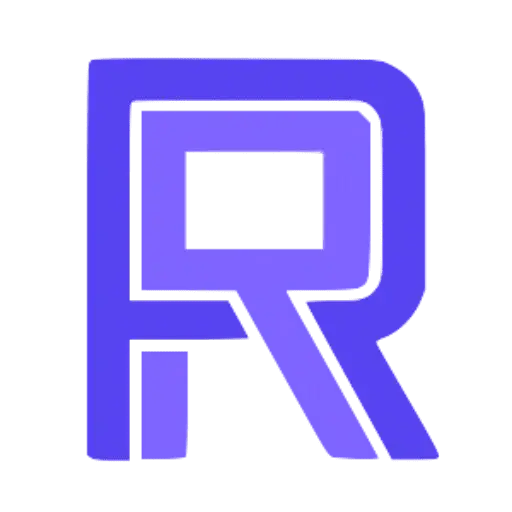As written in the previous slide, QR Translator won several innovation prices back in 2015-2016, so we launched new projects in order to keep innovation at its highest level. One of the most interesting way to materialise this goal was to create a mobile application and get better data.
I was the project manager on this project so I recruited a team of intern engineers, and we got to work. We decided to use the Ionic framework (https://ionicframework.com/) for this purpose, as it was build with performance and portability in mind, while using very comprehensive web programming language. We began to develop the application on Ionic 1.0 and got some working prototype within weeks, in order to show it to internal and external PIJIN’s stakeholders. We got our first app release after only one month and half, in the summer 2016!
As the development was going on, we encountered several problems regarding interfaces with the native layer, which ultimately led to performance bottlenecks. 2 months into the project, a brand new version of Ionic, the 2.0, came to life and we had to take a decision: continue the development on the first version, or put everything on the new one. We chose to step on Ionic 2.0, which meant re-developing several part of the app. BUT, it was the best decision we could have made! Performance bottlenecks disappeared, the native layer was far better integrated, and all the authentication process integration was simplified! It took the team 1 week to make the shift, and this decision made the whole development process faster, more reliable, and secure.
We delivered the v2.0 of the app 3 months and a half with a lot of shiny features leveraging data from QRT, clients, and their users to improve the experience of getting multilingual contents! The app accounted more than 10,000 downloads after 2 weeks of the v2.0 on iOS and Android.
At the same time, we developed conjointly with PIJIN a “QRT API” which was meant to place QR codes data in a map!
The application was unfortunately discontinued on iOS in 2017, and still live on Android.
